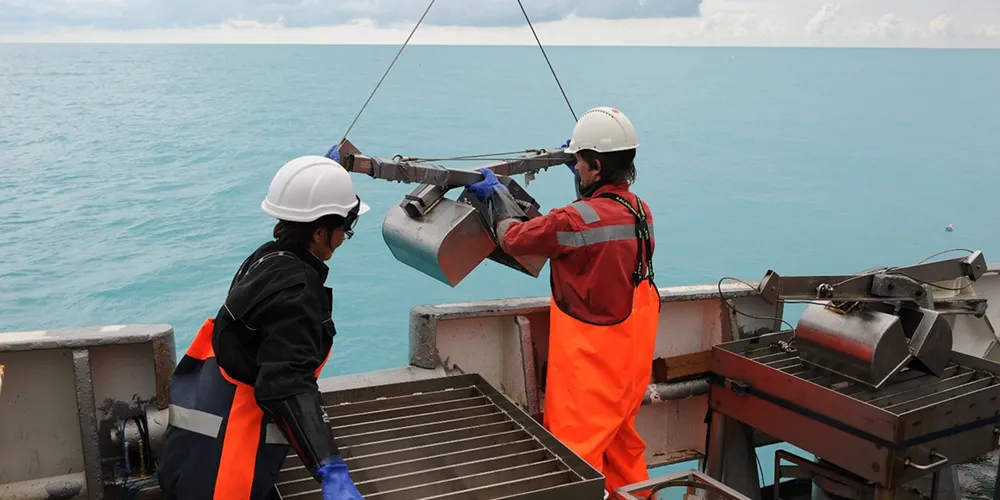Monitoring environmental impacts
DNV is leading the way in monitoring impacts on marine biodiversity and ecosystems, from coastal and offshore activities
Understanding industry impact on nature, red-listed species, critical habitats, and ecosystem functions is essential for reducing biodiversity and ecosystem degradation and risks, as well as complying with regulations and stakeholder requirements.
DNV is at the forefront of marine environmental monitoring and assessments, working on a daily basis to make industries that depend on the ocean smarter and greener. Our team is committed to assisting clients in the development of robust monitoring programs and finding new ways to reduce the environmental impact of industry development and operations. Through monitoring of impacts over time, DNV can document negative or positive trends and evaluate performance against biodiversity targets.
Our assessments provide vital input to:
- Efficient, targeted monitoring programmes
- Decision-making processes
- Identification of mitigating measures
- Compliance with standards and regulations
- Disclosure of impacts and dependencies
- Biodiversity Management Plans (BMP).
We have the competence and equipment to conduct marine surveys, and collect and analyse monitoring data for assessment purposes.
Our environmental monitoring services include:
- Accredited services for sampling and analysis of sediment and macro-fauna - both offshore and coastal sampling
- Assessing ecological status according to the Water Framework Directive, based on biodiversity and habitat studies, which includes visual surveys of the seabed using Remote Operated Vehicles (ROVs)
- Environmental data collection by real-time sensor
- Site-specific assessment of environmental value and integrity
- Biodiversity net gain planning and assessment
- Tailored environmental monitoring programs and plans
- Modelling and monitoring of discharges of particles or fluids to sea, for example, drill cuttings, tailings, produced water, and cooling water
- Risk assessment of species and habitats of environmental concern such as deep-sea corals
- Best fit analysis for cables and pipeline routes, anchor positions, spud location, and cuttings transport system (CTS) locations.
